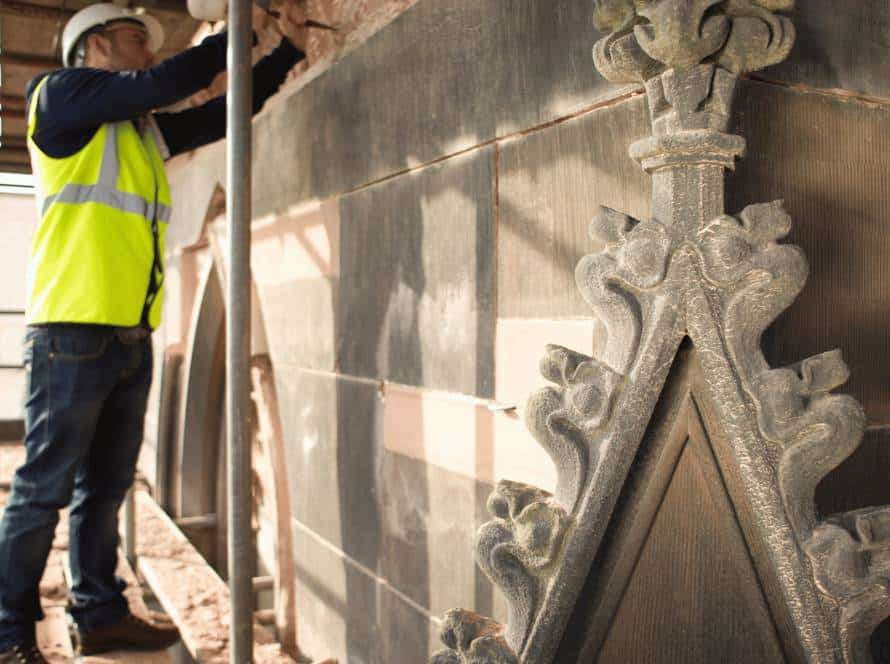If you remodel an old, rundown house into a beautiful, up-to-date one, the land may be worth more and be better used. The trouble is that it’s hard to find the money for such a big project. The most common way is the construction loan, which is generally used for rebuilding. In this article, we’ll go into great depth about how construction loans work, what makes them unique, and how to get one.
Construction Loan
A construction loan is a type of funding that is provided for construction purposes so as to rehabilitate or build a property. As home loans give a lump sum to the borrower, construction loans release funds in phases of construction. The given plan for disbursements helps lenders manage credit risk because the funds will be used in different ways during the renovation process.
Key Features of Construction Loans
1. Temporary in Nature: Most construction loans are short-term that take six months to two years to complete. It is meant to cater to construction expenses before being converted into a realistic mortgage.
2. Interest-Only Payments: Most of the construction phase has interest-only payment. This arrangement assists in the management of finances during the undertaking’s progress.
3. Disbursement Schedule: The funds are disbursed according to a specific timeframe as it is divided to match the milestones of the project. This means that the borrower gets the required money for each construction phase before proceeding to the next one.
4. Paying More: It is important for the borrower to note that construction loans attract higher rates of interest than usual home mortgage loans since the contractors are exposed to higher risks.

How Do Construction Loans Work?
It is important for the borrowers who are engaging in renovation projects to have prior knowledge of construction loans.
Here are some of the steps that characterize the functioning of these loans:
1. Application and Approval
The process starts with the borrower submitting an application for a construction loan to any of the available financial institutions such as a bank, credit union, or a construction loan specialist. The project proposal entails project schedules, cost estimate, and budget estimates. Creditors analyze the credit score of the borrower, his/her income, and the profitability of the planned renovations.
2. Appraisal and Inspection
The condition on any loan is that you need to have an appraisal after the remodel to know its current value. It may also involve an inspection to check whether the laid down plans for the project are realistic to accomplish. This step also assists the lenders to determine the return on investment that they will be likely to get out of the deal.
3. Loan Disbursement
Disbursement of the loan is progressive once it has been approved. It is relevant to note that each stage of construction is paid for individually; it may be paid in lump sum or in parts including foundation work, framing, and others. Subsequent disbursements are made only after the borrower submits proof of work completion like the contractor’s invoice or the inspection report.
4. Construction Monitoring
The borrowers may also be asked to provide regular reports and make visits to the site to assess the renovation work. This way, the project is kept on track and many wasted resources are accounted for when they should not have been used.
5. Conversion to Permanent Mortgage
At the end of the construction, the construction loan is then transformed into a regular mortgage loan. Borrowers can then refinance the loan into an ordinary fixed rate of a 15- or 30-year mortgage at a lower rate of interest.
Pros and Cons of Construction Loans
Advantages
1. Funding Targeted: Construction loans allow funds which are specifically for the purpose of renovations and this means that the borrower will be able to access capital that will enable him/her to pay for the specific construction phase as required.
2. Increased Property Value: Such loans allow the improvement and beautification of the property which will increase its value, making it a great investment.
3. Construction Finance: Depending on the borrower, the interest-only payment in the construction period may reduce the amount of pressure placed on the borrower.

Disadvantages
1. Higher costs: These types of construction loans are issued at higher rates of interest and with other costs that are higher than regular mortgage loans.
2. Complex Process: Sometimes, the application and approval process needs a detailed project plan and reporting at set intervals.
3. Limited Commitment: Construction loans are short-term which means the borrowers need to seek permanent financing upon completion which entails an extra step in the process.


